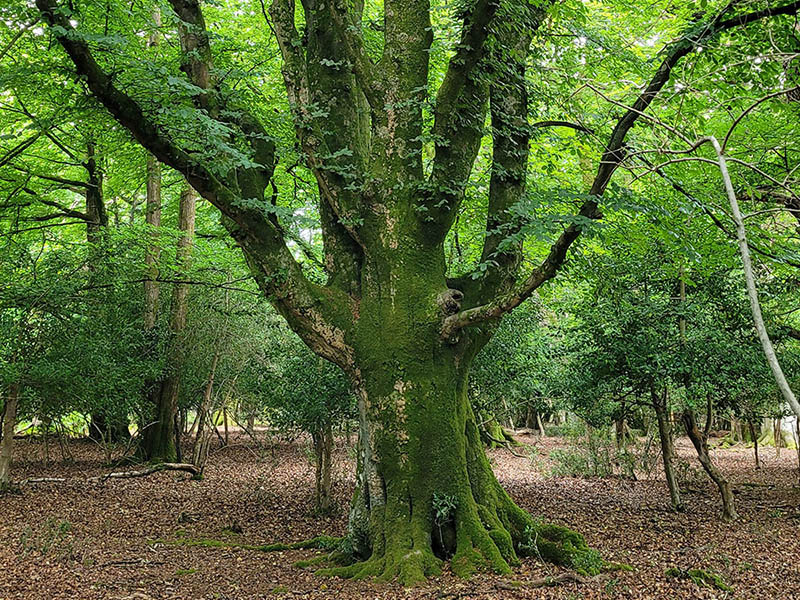Operationalising global commitments to achieve a true reduction in atmospheric carbon requires re-thinking some fundamental concepts of carbon accounting, revising specific guidelines and rules, and collecting the necessary data.
The land sector is particularly problematic where flows of carbon between the biosphere and atmosphere are naturally two-way and the reservoirs that store carbon in the biosphere differ in their ecosystem condition, in terms of stability, longevity, and resilience to disturbances. Current accounting methods do not distinguish these differences in quality and the gross flows of emissions and removals adequately in reporting of net emissions reductions towards targets.
Unintended consequences of mitigation actions have resulted, such as emissions from forest harvesting being netted out against removals from the entire forest area, carbon stocks in forests having different levels of ecosystem condition not being differentiated, the historical debt in carbon stock due to human activities is a permanent loss not being counted, and the effect of the time difference between instantaneous emissions and future removals by tree growth on the resultant carbon stock change in the atmosphere not being included in life-cycle assessments.
This research addressed a key issue in carbon accounting concerning the reference level from which past changes in forest carbon stocks are calculated and future changes are predicted. Using an “ecologically-based reference level” for forest ecosystems is crucial for ensuring consistent information regarding:
- assessing the carbon stock loss that has occurred in the past due to human activities;
- predicting the potential gains in stocks by changing forest management; and
- determining the foregone mitigation benefits due to managing forests at carbon stocks below their maximum. This context using a carbon stock-based target provides an alternative accounting solution which can be implemented under the Paris Agreement.
Retaining and increasing carbon stocks in forests and avoiding emissions should be recognised as priorities for global environmental policy towards more ambitious climate and biodiversity targets for the European Green Deal. Achieving these targets requires conservation management and governance to ensure formal and enforced protection that prevents degradation by logging and mining, encroachment by roads and other infrastructure developments.
In Europe, only just over half of the identified primary forests are strictly protected and degradation continues in some places even within designated protected areas. Under the EU Biodiversity Strategy for 2030, the aim is to strictly protect all remaining primary and old-growth forests, restore and manage them and their buffer zones for biodiversity conservation. This protection is a mitigation activity that can be implemented rapidly and contribute to many co-benefits for biodiversity conservation and provision of ecosystem services, cognisant of their complementarities and interdependencies.
Europe has few areas of forest with minimal human disturbance and so protecting these remaining areas should be a priority for climate and forest policy. Restoration of forest ecosystems by allowing continued growth of regenerating forests, active restoration measures, and re-connecting fragmented remnants across landscapes, will provide crucial mitigation benefits that contribute to emissions reduction targets as well as existing and future co-benefits.
Article authors
Heather Keith
Zoltán Kun
Sonia Hugh
Brendan Mackey
Additional authors
Miroslav Svoboda, Martin Mikoláš, Dusan Adam, Dmitry Bernatski, Viorel Blujdea, Friedrich Bohn, Jesús Julio Camarero, László Demeter, Alfredo Di Filippo, Ioan Dutcă, Matteo Garbarino, Ferenc Horváth, Valery Ivkovich, Āris Jansons, Laura Ķēņina, Kamil Kral, Dario Martin-Benito, Juan Alberto Molina-Valero, Renzo Motta, Thomas A. Nagel, Momchil Panayotov, César Pérez-Cruzado, Gianluca Piovesan, Cătălin-Constantin Roibu, Pavel Šamonil, Ondřej Vostarek, Maxim Yermokhin, and Tzvetan Zlatanov.
Reference
Keith, H., Kun, Z., Hugh, S., Svoboda, M., Mikoláš, M., Adam, D., Bernatski, D., Blujdea, V., Bohn, F., Camarero, J. J., Demeter, L., Di Filippo, A., Dutcă, I., Garbarino, M., Horváth, F., Ivkovich, V., Jansons, Ā., Ķēņina, L., Kral, K., . . . Mackey, B. (2024). Carbon carrying capacity in primary forests shows potential for mitigation achieving the European Green Deal 2030 target. Communications Earth & Environment, 5(1), 256. https://doi.org/10.1038/s43247-024-01416-5





